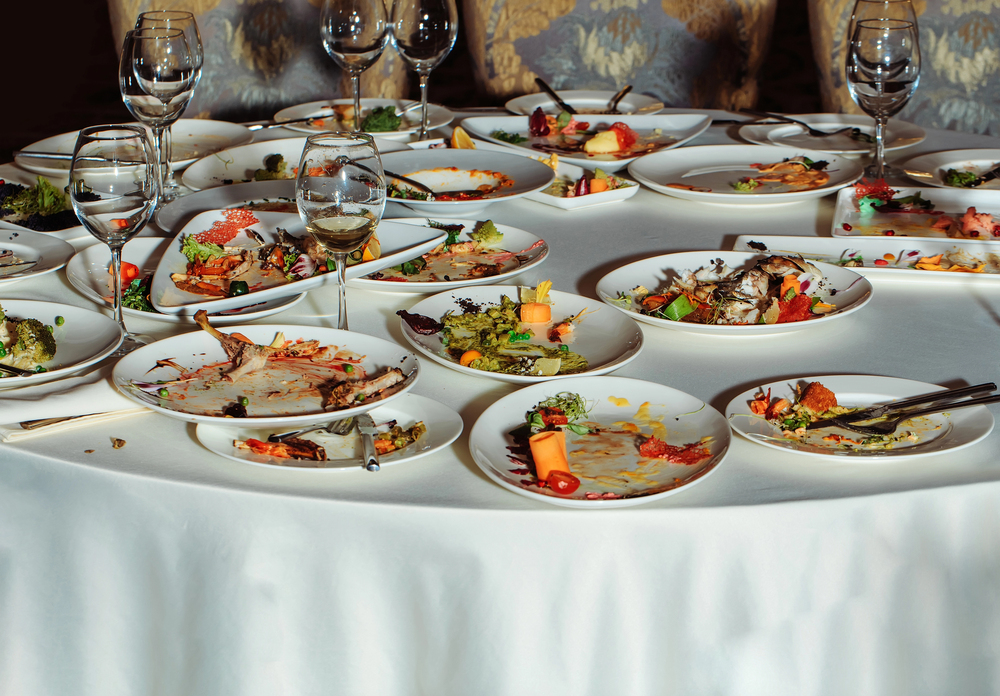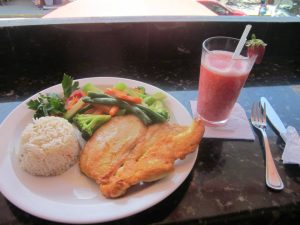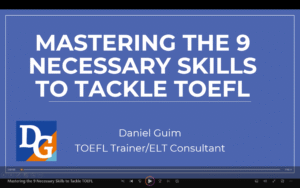Have you ever gone to an all-you-can-eat-buffet and later regretted it? Here in Chile they are called a tenedor libre which translates to “free fork”.
There’s a hotel that I like staying at in Viña del Mar which has a buffet breakfast, and each time I go there I get less and less excited about it. Why is that?
I’ve found that I don’t really eat a lot of what is offered. I very rarely if ever eat sausage, and steamed vegetables isn’t something that I eat at breakfast. I’m also not much for mini donuts, croissants, and cake at that time of the morning. I don’t drink coffee, so their fancy machine doesn’t do much for me. As a result, I end up getting a plate of scrambled eggs, some toast with turkey and cheese, and a glass of juice with a cup of tea on the side. Despite knowing that’s what will satisfy me, I feel like I’m missing out by not consuming more.
It also makes me think of other times I’ve gone to all-you-can-eat buffets. While the idea of unlimited food can be very enticing, I end up overeating and then feeling sick afterwards. Sometimes the quality of the food isn’t that great since it’s mass-produced. However if I don’t eat a lot, I feel like I’m not getting my money’s worth.

Don’t get me wrong; buffets can be great if you’re traveling and want to be able to sample varying dishes of the local cuisine or aren’t sure what you’ll like.
What’s the alternative?
I’ve found that I much prefer ordering a la carte (off the menu). In that way I can choose exactly what I want. If a dish has something that I don’t like or am allergic to, I can ask for it to be removed. Onions upset my stomach, so when I order a burger or some type of meat it’s always without them. In the same way, I can add an ingredient that I like to a dish. There’s a Mexican restaurant that allows you to customize your burritos, and I always get extra chicken added so that there’s more protein. I can also decide if I want dessert or not.
I find that eating in this way lets me get what I want and leaves me satisfied but not overly full. I leave the restaurant happy and ready to go on with my day.

What does this have to do with learning English and preparing TOEFL?
When you’re learning English or preparing for TOEFL, you can take a few approaches.
The all-you-can-eat-buffet approach has the benefits of lots of options, which can be appealing. The problem is that unlimited practice doesn’t mean you’ll get the results you need; if you don’t understand what you’re doing or why you’re doing it, it can leave you in a cycle of doing exercises without measuring your progress or spending more time than you need to reach your goal.
If you prepare in an a la carte way, you work with what you need at the moment and complete focused practice. You can determine your progress, define areas you need to work on, and take a clearer path towards meeting your goal. I’ve found that most people that I work with don’t need to take more than 4 or maximum 5 TOEFL practice tests to get the score that they need. In the same way, you don’t need to complete every unit of a textbook to improve your English; you can choose the ones that are relevant to your needs.
Summary
Unlimited options aren’t always the best path to take when it comes to language learning or TOEFL preparation. They can be overwhelming without a defined path and cause you to spend more time than you need to reach your goal.
If you’re looking for measured, guided support to make progress towards your goal, leave a comment below.
Thanks for reading!



